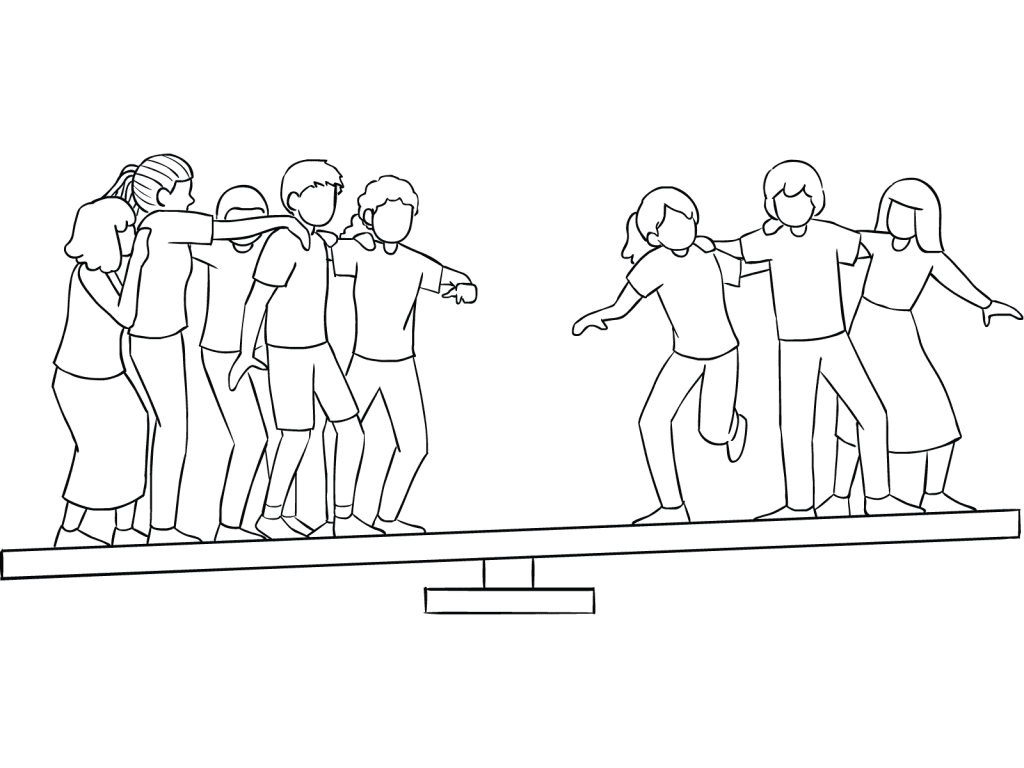Save to Playlist
Step-by-Step Instructions
Resources Premium
Instructor Role Premium
Participant Responsibilities Premium
Practical Leadership Tips Premium
Social-Emotional Learning Premium
Health & Wellness Programming Premium
Popular Variations Premium
You Might Also Like... Premium
Useful Framing Ideas Premium
Reflection Tips & Strategies Premium
Source Premium

No Props No Problem
Brand NEW book featuring 150+ outrageously fun group games & activities. Scan QR codes to connect to tons of digital content including video tutorials.
Add to Cart
NEW – No Props No Problem
The best-selling book featuring 150+ outrageously fun group games & activities. Scan QR codes to access exclusive digital content including video tutorials.

Free Ice-Breakers & Group Games
Ten of the best no-prop, interactive ‘get-to-know-you’ games & activities. 100% fun, your group will love ’em. Our most successful giveaway, 10,000+ downloads so far…
Top Ten Icebreakers & Group Games
Download our free 28-page ebook jam-packed with outrageously fun activity ideas.
Just one more question:
I am interested in…
Choose a plan that’s right for you
We offer a range of membership plans with no surprises.
Click an option below & discover our simple pricing.

Individual
Click here if you’re a:
- Teacher
- Corporate trainer
- Outdoor educator
- Camp leader
- Youth leader
- Conference organiser
- Therapist/counsellor
Membership Plans

Enterprise
Click here if you represent a:
- School
- Corporation
- Community-based Organisation
Explore plans for
10, 50, 200 or more
potential users
Membership Plans






Really brilliant activity when done properly is so rich in how it can be debriefed. Love the conversations that can be opened up there.
Concepts of how individuals in communities always have an effect on the whole group whether they believe it or not by just being there. Concepts of belonging and finding ones space, purpose or value.
Looking at how one chooses to contribute (actually moving from one end to the other or, just tiny shifts or not contribute (sitting in one spot on the whale watch and not moving) still has an effect. How the tiniest of actions can have great effects or ramifications on the whole.
By watching and listening to the conversations being had as the group figures this out opens up the conversations and concepts so much when you go back to reflect on it. So very powerful.